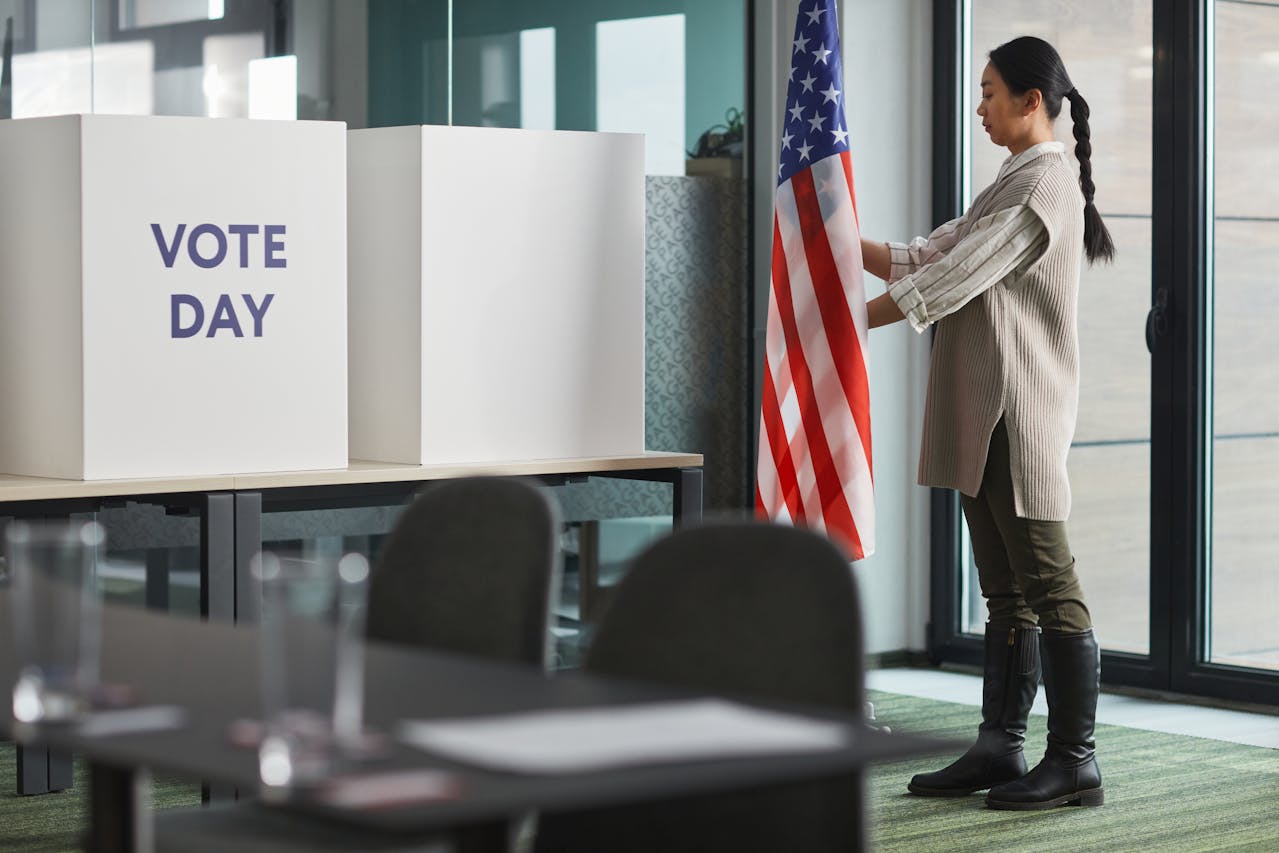The Ideal Age Range for Presidential Candidates: A Case for 50 to 68 Years Old
In the realm of politics, the age of a presidential candidate is often a topic of discussion and debate. While youth brings energy and fresh perspectives, experience and wisdom are invaluable assets for leading a nation. It is, therefore, crucial to strike a balance between these two elements to ensure effective and capable leadership. A presidential candidate’s age should ideally fall between 50 and 68 years old to achieve this equilibrium. Here’s why.
Experience and Maturity
One of the primary reasons for setting an age range for presidential candidates is the need for experience and maturity. The responsibilities of a president are immense, ranging from domestic policy-making to international diplomacy. A candidate in the age range of 50 to 68 years old typically has decades of experience in public service, governance, and leadership. This extensive background provides them with the necessary knowledge and understanding of the complexities of government and policy, making them better equipped to handle the challenges of the presidency.
Cognitive and Physical Health
Another essential factor to consider is the cognitive and physical health of the candidate. The demands of the presidency are rigorous, requiring stamina, mental agility, and the ability to make critical decisions under pressure. While age does not necessarily determine one’s fitness for office, it is generally believed that individuals in their 50s to late 60s are likely to be in good health and have the stamina required for the role. Moreover, this age group is less likely to face age-related health issues that could impair their ability to fulfill their duties effectively.
Relatability and Connection with the Public
In addition to experience and health, the age range of 50 to 68 strikes a balance in terms of relatability and connection with the public. A president should be able to connect with people of all ages and backgrounds, understanding their concerns and aspirations. A candidate within this age range is likely to have a broad range of experiences and perspectives, making them relatable to a diverse population. They are also more likely to understand the challenges faced by different generations, from economic struggles to social issues, and can empathize with the needs and aspirations of the people they serve.
Continuity and Stability
Lastly, setting an age range for presidential candidates helps ensure continuity and stability in governance. A candidate in their early 50s can serve two terms and provide consistent leadership, while a candidate in their late 60s can offer their experience and wisdom without the risk of age-related decline affecting their performance. This balance between continuity and stability is essential for maintaining confidence in the government and ensuring a smooth transition of power.
Conclusion
In conclusion, the ideal age range for presidential candidates is between 50 and 68 years old. This age bracket strikes a balance between experience, maturity, cognitive and physical health, relatability, and continuity in governance. While age should not be the sole determinant of a candidate’s suitability for office, it is an important factor to consider in ensuring effective and capable leadership for the nation. By setting an age range, we can better ensure that our presidential candidates are equipped with the necessary skills, experience, and perspective to lead our country effectively and responsibly.




